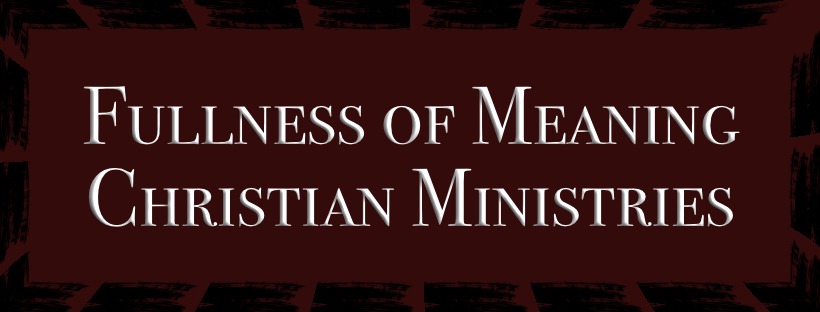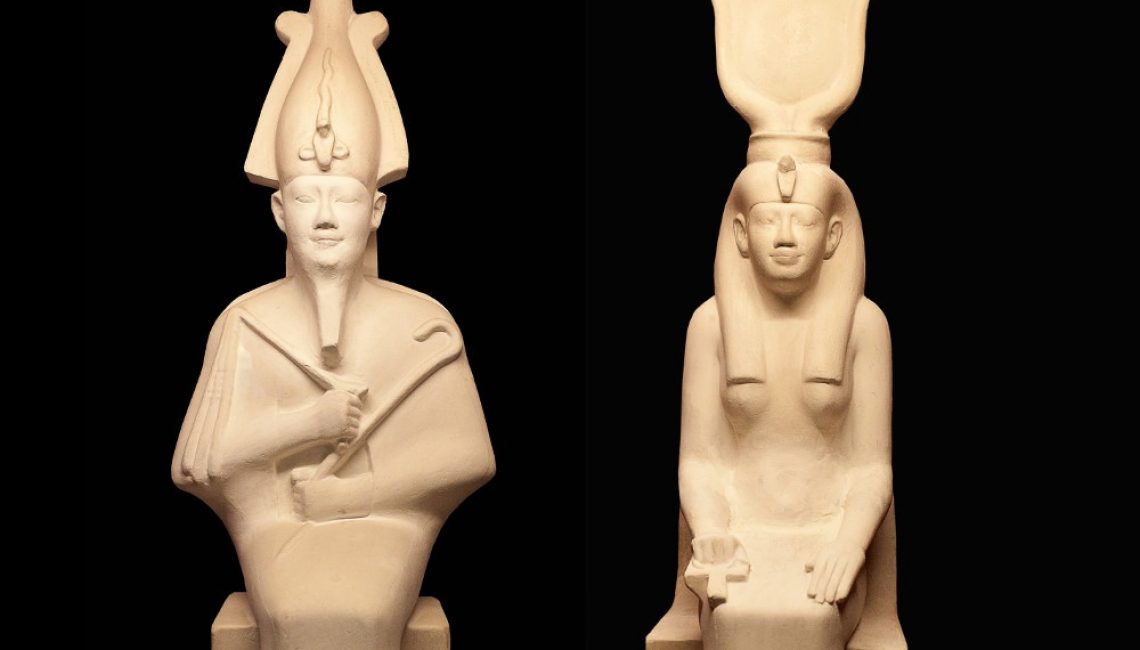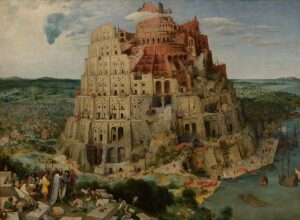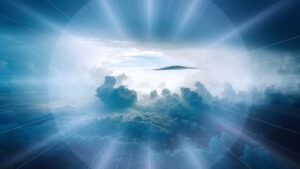There are countless Messianic allusions in the pagan world. Why? We might answer the Why by the What for right now.
The pagan world has done its job to promote the coming of a Messianic figure. This paper will concern the themes of human thought that beckons for a Christ figure through examples of poems, literature, philology, plays, etc.
All of the world bemoans such a Savior regardless of their religion
Example One:
A reference to the Stars from the eyes of a Babylonian poet/ stargazer A BABYLONIAN PRAYER TO THE BRIGHT ONES OF THE NIGHT
They are lying down, that is, the Great Ones of renown in the sky – the heroes that seek conquest and name
The bars have fallen, the bolts are shot
The crowds and all the people cease their tumult – no rumbling to be had The open gates are locked
The gods of the land, the goddesses, Shamash, Sin, Adam, Ishtar, Sun moon, turmoil, love, action to action, reaction to reaction, etc. .. All of this settles down, the gods sleep in heaven
Now, at peace, there is no judgement seat to be filled, for the moment there is no accusations to be had, no penalties to be given…for no god or heavenly magistrate is at their work
Night has drawn down the curtain
The temples that do their bargaining for sacrifices for the masses are are silent
The sanctuaries are all dark, no eyes to scan, no watchers to try those unsuspecting
Now, at last, the commoner gets to call on their God
Complaint and Defense, Defense and Complaint in the judgement halls of man…all silenced in deep sleep
Even the Judge of all has gone to His chamber, for His office holds no rest when He is awake
Oh Great Ones that Still Shine in the Glory of Truth, Join me now,
Gibil, Irra, Bow-Star, Orion, Pleiades, Dragon, Wild Bull, the Goat, and the Great Bear!
In your eternal messages that tell us HIS Story, night after night Stand by me in this Divining
By this LAMB that I am offering, MAY TRUTH APPEAR!!!
A Babylonian poem beckons for the Christ 3,500 years ago
For fluidity, I will take licensure only in that I should repeat on occasion or emphasize what is already said in this prayer.
For text and translation information please refer to F. J. Stephens in his “Ancient Near Eastern Texts Relating to the Old Testament, edited by J. B. Pritchard, 1955, p. 390
Cf. Penguin Classics, “Poems of Heaven and Hell From Ancient Mesopotamia” page 175
Example two:
Cf. “Feast/ Sacrifice of Amroo” – April 14 sacrifice of the Lamb/ April 17 resurrection of the Lamb as God Eternal”. This was held 2,000 years before Christ.Yet, these are the dates that Christ was sacrificed and resurrected on”. The resurrected “Lamb” was both Osiris in Ancient Egypt, Dionysus in Ancient Greece and Christ in the First Century A.D. Again, both sacrifice and resurrection of all 3 were on the same dates millennia to hundreds of years apart!
Let’s look at Osiris’ and Dionysus’ characters:
- 1) Osiris and Dionysus were considered the Saviors of Mankind
- 2) Both gods born of a virgin
- 3) Both were born on December 25th as their recognized “god-child” status (arguments for
Jesus’ Birth might put us somewhere between March and April of 6 B.C., but, His recognition was on December 25 from pagan Magi who followed the traditional hope of the Sun God’s Birth at the Winter Solstice) - 4) Birth prophesied of a Star
- 5) Both were baptized by the same named “water man” — same name as in the meaning of
John, the Baptizer - 6) Both have 12 disciples
- 7) Both ride into their hometown on a donkey while crowds wave branches (a symbol of
God and His surefooted nature – and the recognition of that) - 8) They are equated with Bread and Wine
- 9) Both held a stylized “Lord’s Supper” likened to the Biblical one
- 10) Both were crucified as Saviors of the world on a tree
- 11) Both were crucified
- 12) Both corpses were wrapped in linen and anointed with myrrh
- 13) Both resurrected leaving an empty tomb which their women followers visited first





